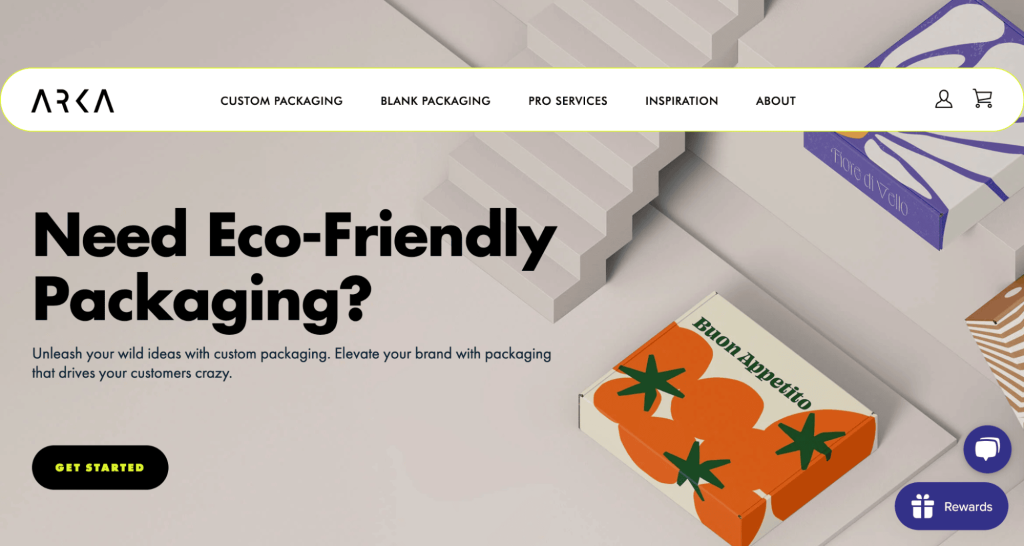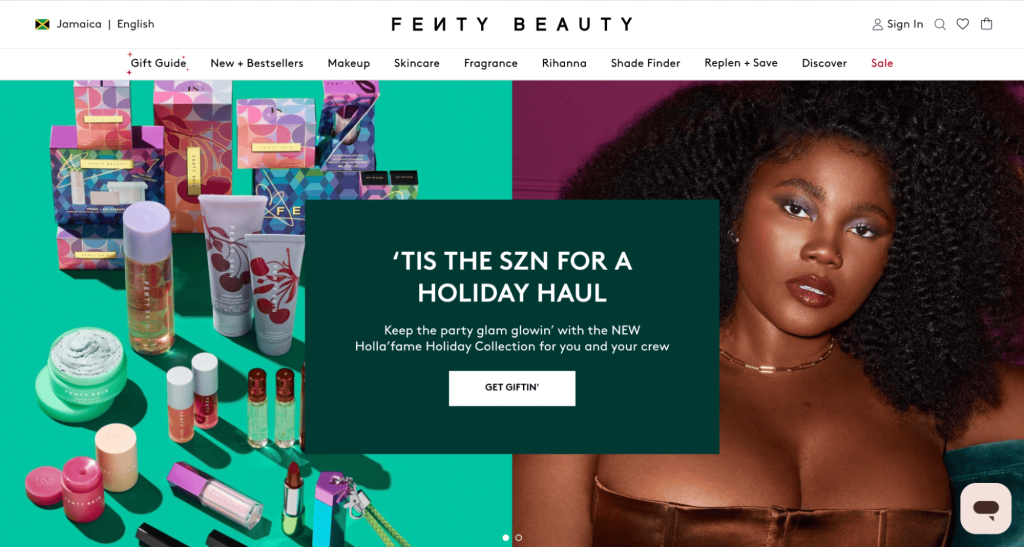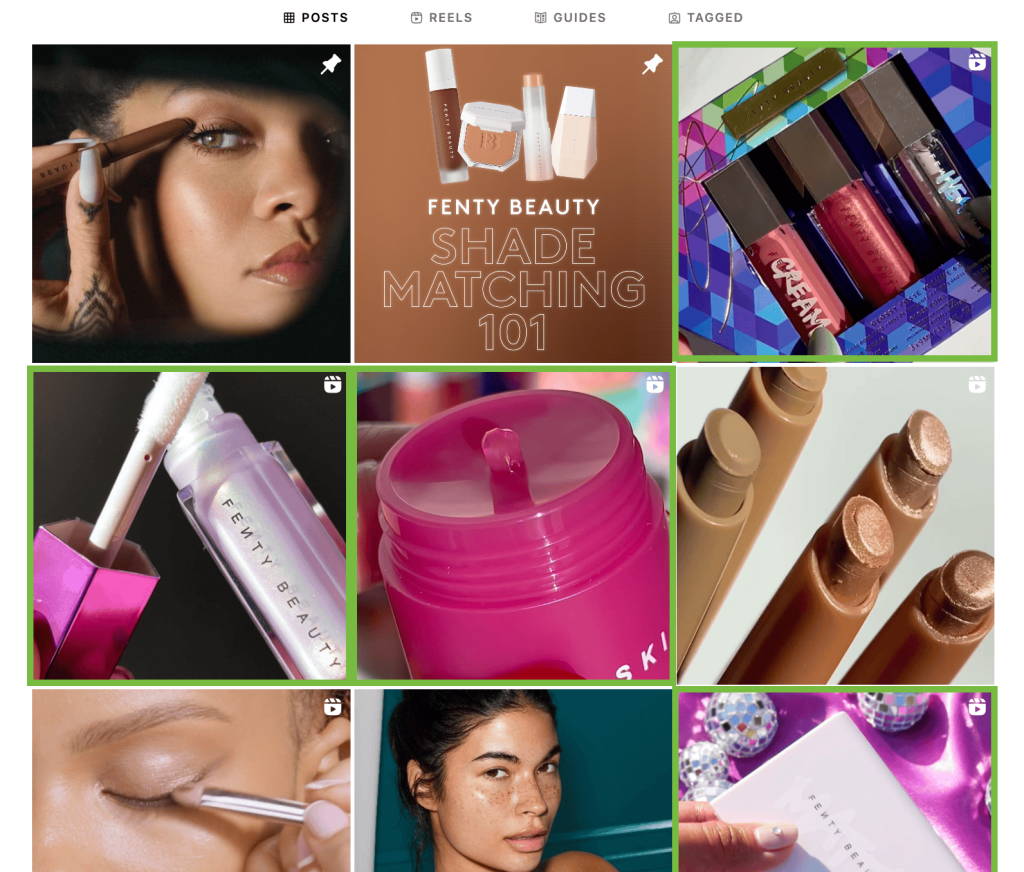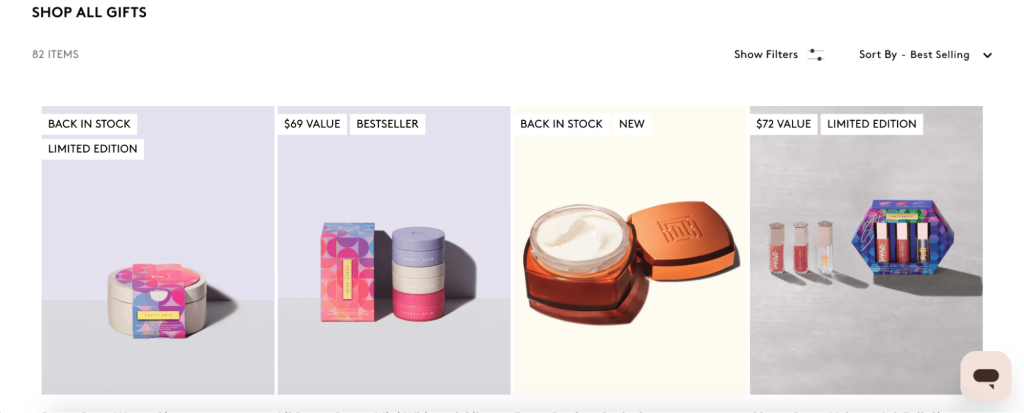Now that BFCM is over, the holiday season is right around the corner. Deloitte is predicting a 3.5% to 4.6% increase in sales for 2023. If you want a piece of this $1.5 trillion for your ecommerce business, you should start planning your marketing strategies for this year. Here’s our guide to help you get started with your holiday marketing.
Why You Need to Plan for Your Store’s Holiday Marketing?
When you think of holiday marketing, the first thing that comes to mind is Christmas-themed adverts or huge sales/discounts.
Holidays are usually when consumers don’t mind spending a little extra. They tend to increase their spending on gifts, decorations, and other festive items. It’s the perfect time to amped-up your promotional activities to remain competitive, capture more attention, and increase sales revenue.
With holiday marketing campaigns, you can capitalize on this consumerism and attract more customers than ever with special promotions, discounts, and exclusive offers.
Festive marketing campaigns can also create a sense of family, nostalgia, and goodwill. This provides a unique opportunity for brands to increase visibility and connect with their audience on an emotional level.
Not to mention that most other businesses are investing heavily in holiday marketing. So, to stay in the game, businesses should have a well-planned and executed strategy to cut above the thousands, even millions, of advertising messages.
So you understand the importance of holiday marketing. The question now is, where do you start?
How to Do Holiday Marketing
Holiday marketing can become quite daunting for ecommerce businesses— newcomers and veterans alike— if they don’t prepare well and follow the best practices.
Let us share our 8-step checklist to prepare your ecommerce store for the holiday season.
1. Prepare Product Photos and Content
You have to take product photos with multiple angles so that customers see exactly what they’re getting. The description and supporting content should address common questions to reduce the load on your customer service and returns staff during and after the holidays.
Include these in your listing if the products come with manuals or require additional downloads.
2. Optimize Your Website’s User Experience
Visit your ecommerce store for a moment. How many seconds does it take for it to load? Neil Patel found that 40 percent of people leave a website if they’re stuck waiting for over three seconds.
You don’t want to drive away almost half your potential holiday sales, so take some time to test your site and get it prepared for heavier-than-normal traffic. Take the path a typical consumer uses when they purchase a product, and identify ways to make this process easier.
While testing the user experience, don’t forget about the mobile experience – all devices are different.
3. Prep Your Customer Support
Empower your customer support staff with the tools to help holiday shoppers shop effectively. Zendesk, Desk, and Intercom offer powerful solutions that allow your employees to increase productivity while maintaining a high-quality customer experience. For many people, getting help with holiday gifts or purchases is their first interaction with your organization. Get started on the right foot.
4. Create Your Holiday Marketing Material

You have enough on your plate during the holiday season, so create a marketing plan and the corresponding assets in advance. Blog posts, gift guides, Instagram pictures, Facebook polls, and email promotions are just some marketing materials you can create in advance.
By planning early on, you can focus solely on execution once you hit the critical weeks leading up to Thanksgiving and Christmas. You should use a calendar to coordinate with multiple departments, teams, and outside partners to be productive, increase sales, and get a good return on your investment.
If you plan to use techniques you haven’t previously incorporated into your marketing, do test runs before you get bogged down in holiday details.
Let’s split this conversation into organic and paid marketing material, especially on social media.
Organic Marketing
Organic essentially refers to the content you do not pay for, and you simply post on your page. This includes the usual social media posts, graphic designs, images, or short videos.
The thing about this, though, is that brand awareness is limited. Organic content only reaches a small percentage of your current following.
That’s why many businesses turn to paid.
Paid Marketing
As it suggests, paid refers to the same social media content, but you pay to boost it, i.e., reach a wider audience through social media advertising.
It might be better for you to solicit the help of a digital marketing agency or a social media marketer to take on this responsibility. They generally have more experience developing marketing material and navigating the platforms and would know what works, what doesn’t work, budgets, etc, on each platform.
5. Help New Customers With Their Gift Shopping
New consumers may be completely unfamiliar with your market segment and need help figuring out where to start shopping. Publish a series of gift guides, offer an interactive tool to recommend the most suitable products, or offer a “gift concierge” via live chat, phone, or other support channels. The gift giver gets the information they need, and the gift receiver ends up with a present they love and exposure to your brand.
6. Stock Up on Packaging
Shipping logistics are complicated enough during the holiday season, so don’t let your supply chain get held up because you ran out of packaging.
Look at your previous year’s holiday shopping data to order an appropriate mix of options that match consumer buying patterns. You may usually go through smaller boxes during the year, but during the holiday season, you may need larger boxes or packaging as consumers shop for the whole family.
Want to go the extra mile? Get custom-printed packaging featuring holiday motifs or styles that can double as a gift box. Last-minute shoppers and those who never got the hang of wrapping presents will thank you.

Companies such as Arka, Lumi, and Uline are great options for custom-branded packaging for the holiday season (or any time of year).
7. Stock Up on Enough Inventory
Don’t cross your fingers, and hope you have enough inventory to make it through the holiday season. If you end up going out of stock midway through the holiday, you will potentially miss out on revenue opportunities, and then, of course, the customer will be disappointed that they can’t get what they were looking for.
Reference any available data from November and December of 2022 to establish a baseline for your order volume, but also research predicted trends for the year’s end.
8. Prepare Shipping Logistics
The United States Postal Service handled 11.7 billion mailpieces and packages during the 2022 holiday season. Consumers want their packages as quickly as possible and don’t particularly care that every shipping service is at or over capacity. In fact, the average waiting time for customer orders across all product categories decreased from 2.36 days in 2022 to 2.15 days in 2023.
Adjust your order cutoffs and shipping deadlines accordingly to provide the service your customers expect from your brand.
Holiday Marketing Campaign Example

Fenty’s marketing strategies are always worth mentioning. Their holiday campaigns are no different.

promotion.
The popular makeup brand launched what they’ve been calling the “Holla’day collection,” or “Holla’fame holiday collection” that features some holy grail products their customers love and even some new ones in limited edition packaging, sizes, and bundles.

Takeaways from Fenty
- Use the holiday as a season to restyle your product packaging
- Create a catchy brand campaign name that you wouldn’t mind sharing online.
- Use several channels to promote your campaign, like email, social media, and website.
- Try to bundle products if possible to sell gift packages/combos
The Final Word
The holiday season is your final chance to meet your 2023 revenue goals. Make sure you have everything from this checklist and prepare your ecommerce store for a very busy time.
Start getting things in place, from your product photography to packaging to customer support. By being prepared early, you leave yourself plenty of time to make last-minute adjustments.








